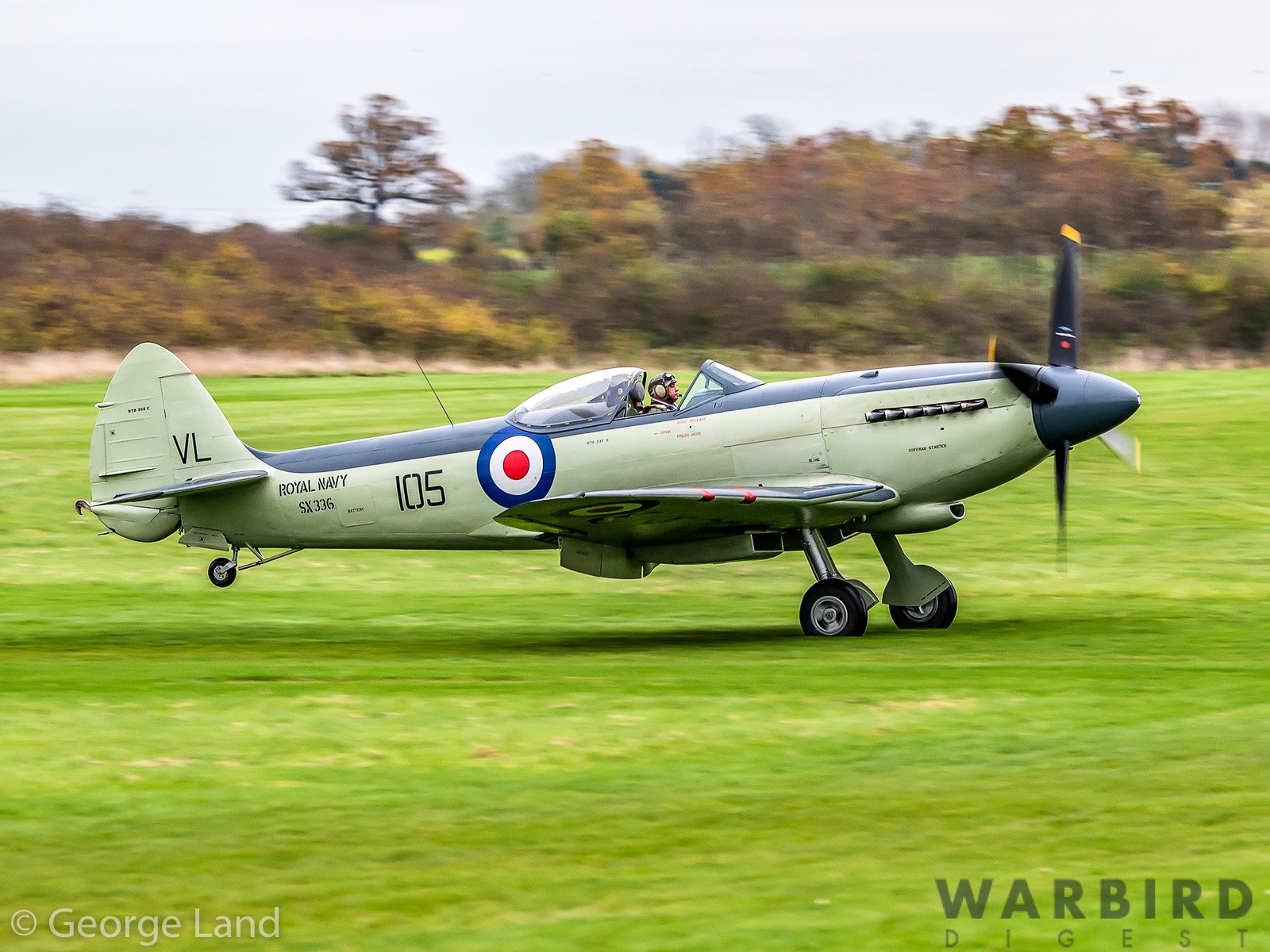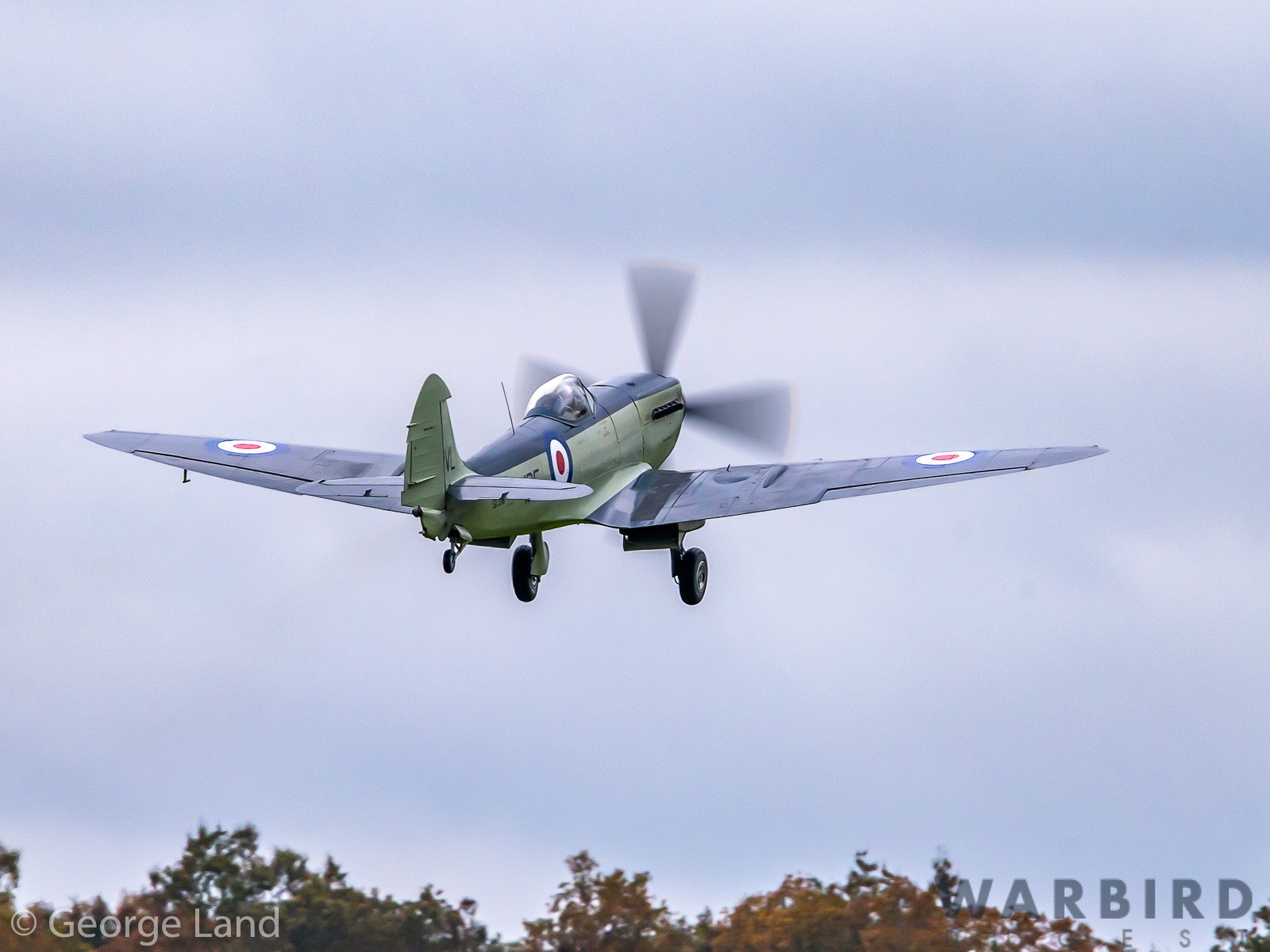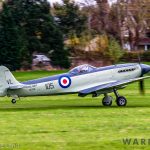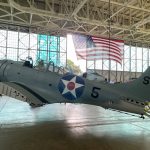During our recent article illustrating the first post-restoration flight for Supermarine Seafire F.Mk.XVII SX336, we hinted that this vintage maritime fighter aircraft would soon be in the news again – and that time has just arrived. The Navy Wings Heritage Flying Collection, successor to the Royal Navy Historic Flight, has purchased the Seafire following the charity’s reception of a sizable financial donation dedicated towards the aircraft’s acquisition. This is a major show of confidence in the newly-formed organization as Seafires – of any marque – are extremely rare; SX336 is one of just four Seafires presently capable of flight anywhere in the world! As such, SX336 has a unique opportunity to help pass on the story of British naval aviation to younger generations – a story so often overshadowed by the Royal Air Force in the minds of the public at large.
Commenting on this remarkable development, Navy Wings’ CEO, Jock Alexander OBE, noted in his press release:“We are very excited to welcome Seafire SX336 into the Navy Wings Collection. SX336 is a magnificent example of the naval story of the Spitfire. Few people know that the Spitfire went to sea, and we couldn’t have wished for a more iconic and evocative British fighter to add to the collection.”
Restored to flight by Kennet Aviation for Tim Manna within a hangar at the Shuttleworth Collection in Biggleswade, Bedfordshire, SX336 will soon be moving to Navy Wings’ base at RNAS Yeovilton in Somerset. During their service life, Seafires were commonplace at Yeovilton, as the base served as a major training station for British naval aviators (and still does!); rather appropriately, SX336 wears the markings of a locally-based squadron. In a further quirk, her new home is just a handful of miles from Yeovil, site of the Westland Aircraft factory which manufactured SX336 under license during 1946… so her move to Yeovilton is very much a homecoming of sorts.
This Seafire, like all Spitfire variants beyond the Mk.XI (excepting the Mk.XVI), had a Rolls-Royce Griffon up front, a far heavier and more powerful engine than the earlier Merlin which propelled the earlier models. Oddly enough, the Griffon owes its existence to a 1938 Royal Navy contract, although the Merlin’s more immediate demands did slow the larger engine’s development. Consequently, the Griffon didn’t appear in production aircraft, like the Spitfire Mk.XII, until late 1942, and the advent of jet engine designs by war’s end rather curtailed the Griffon’s production run. As a result, serviceable Griffon engines , especially the early-marques, are almost as rare as the aircraft which they power. Thankfully, Navy Wings acquired SX336 with a spare Griffon Mk.VI powerplant, which should make maintaining the airframe in airworthy trim an easier proposition long-term.


























